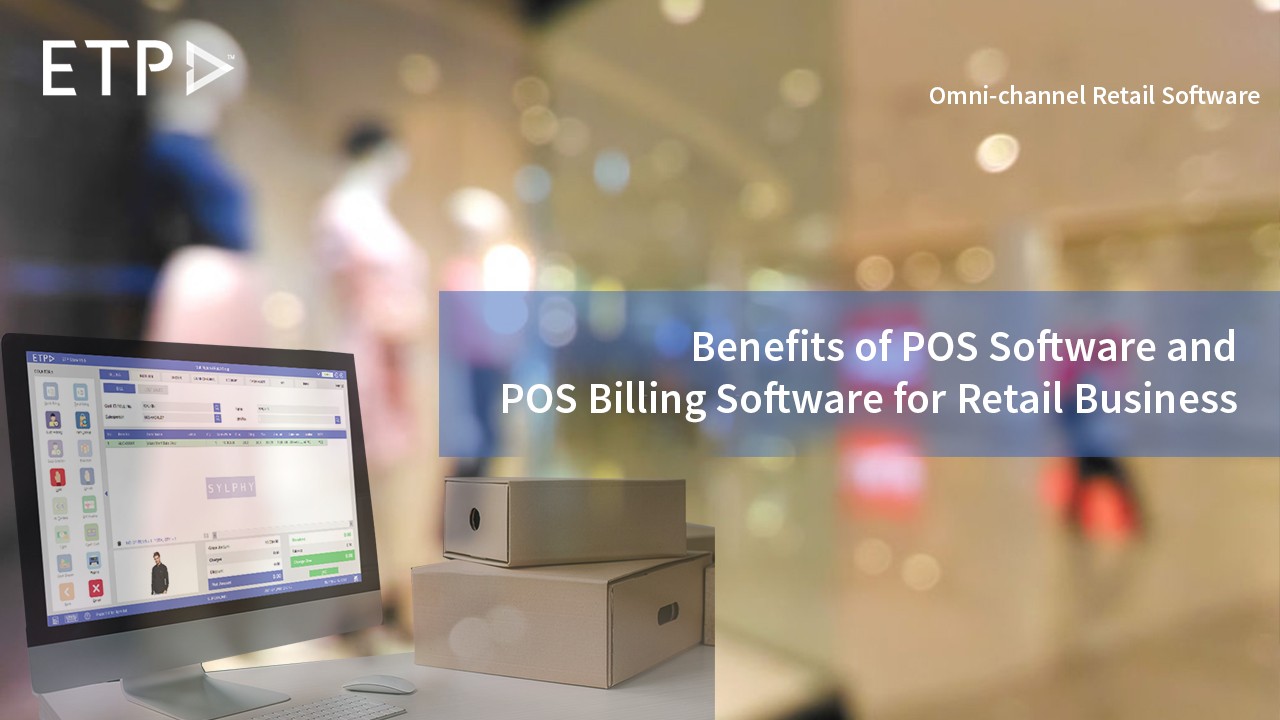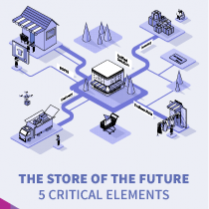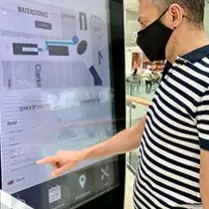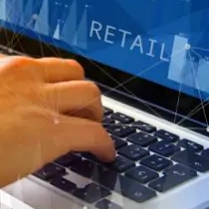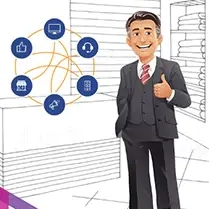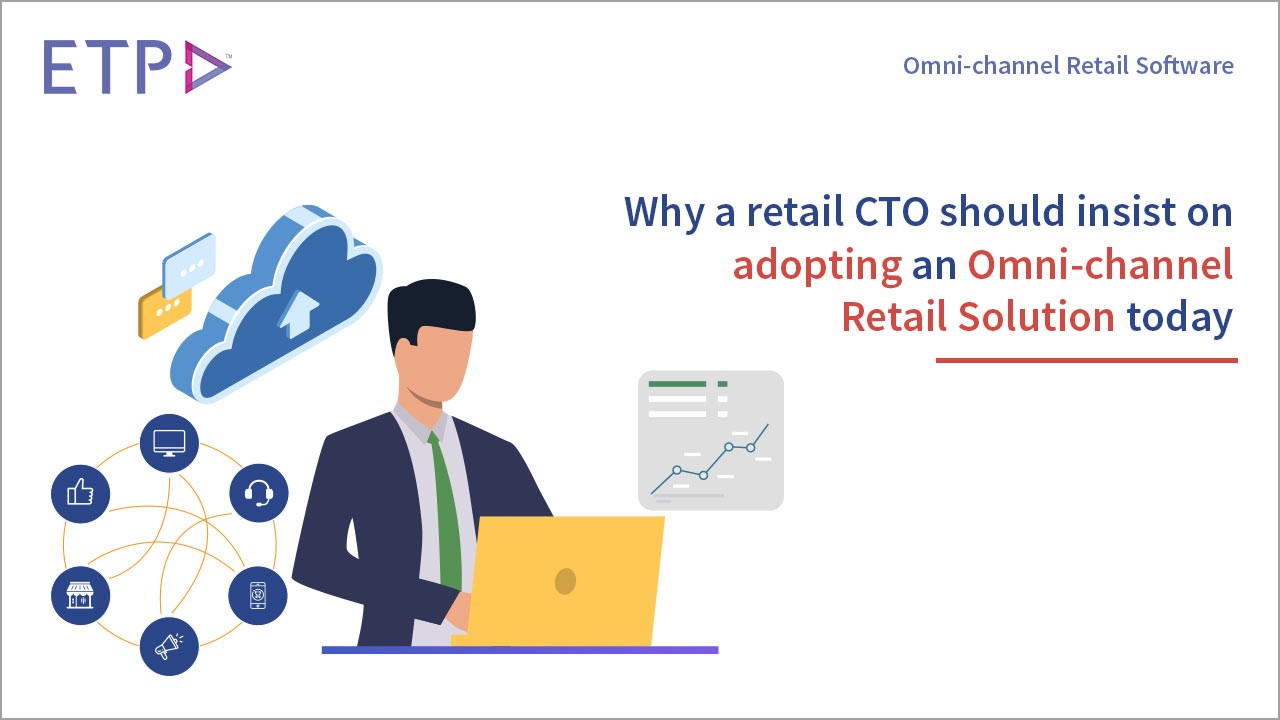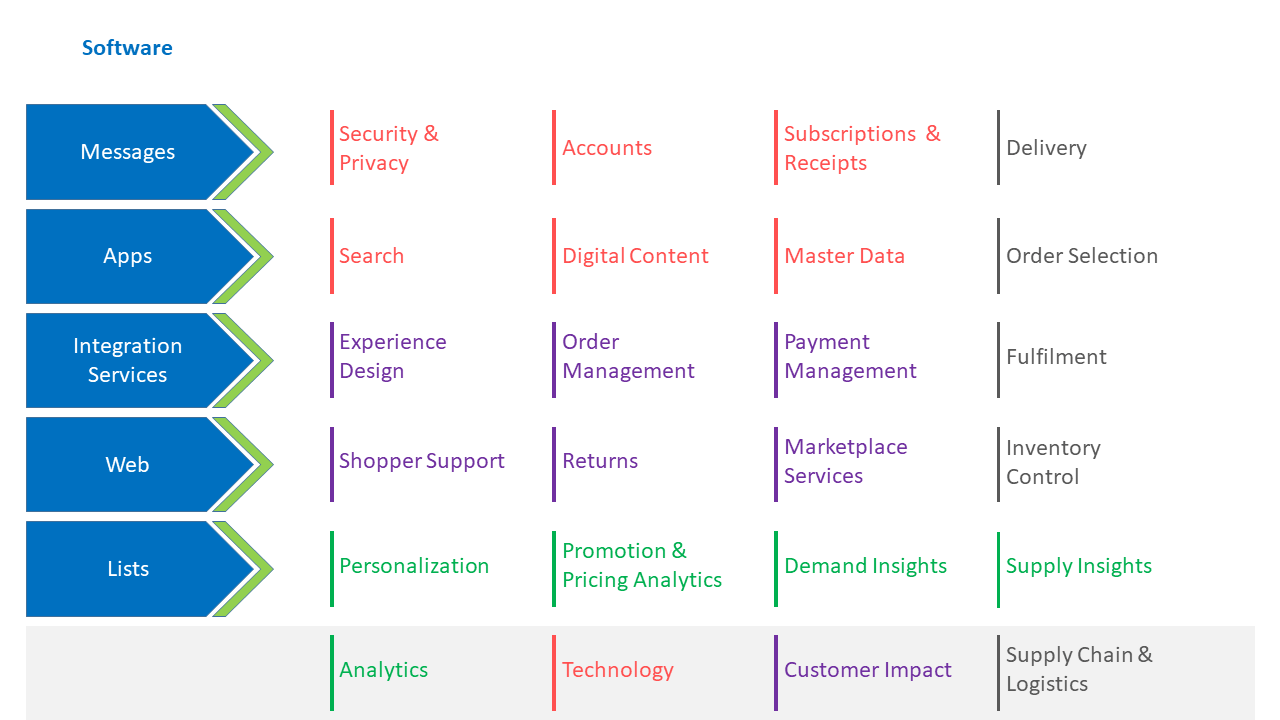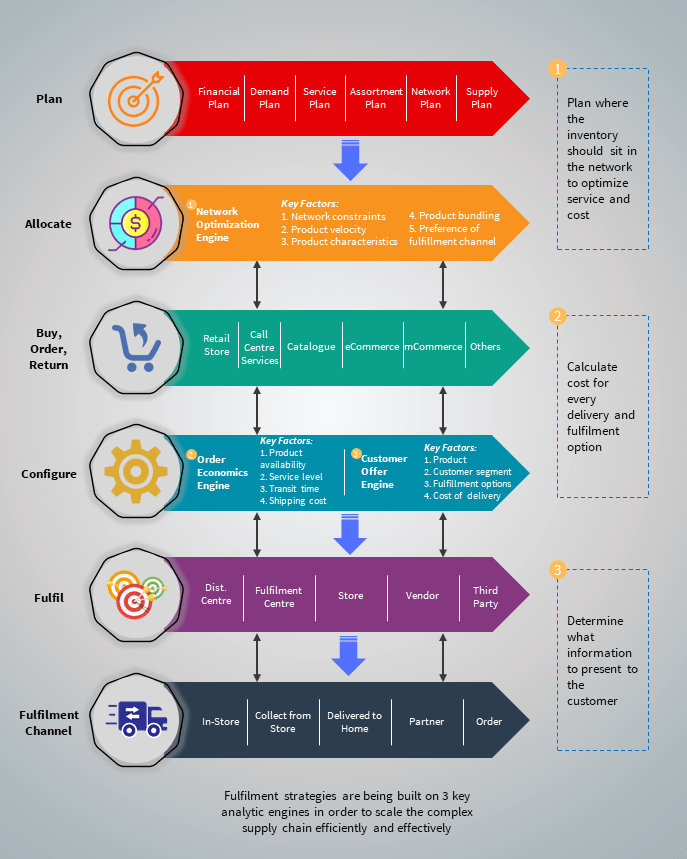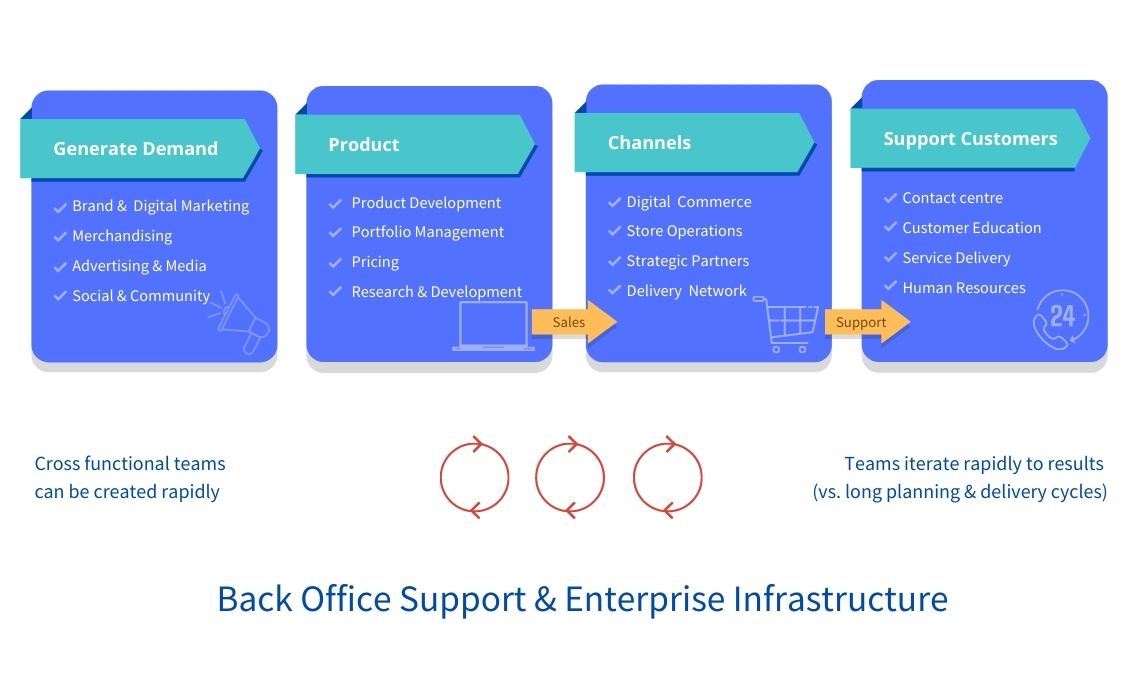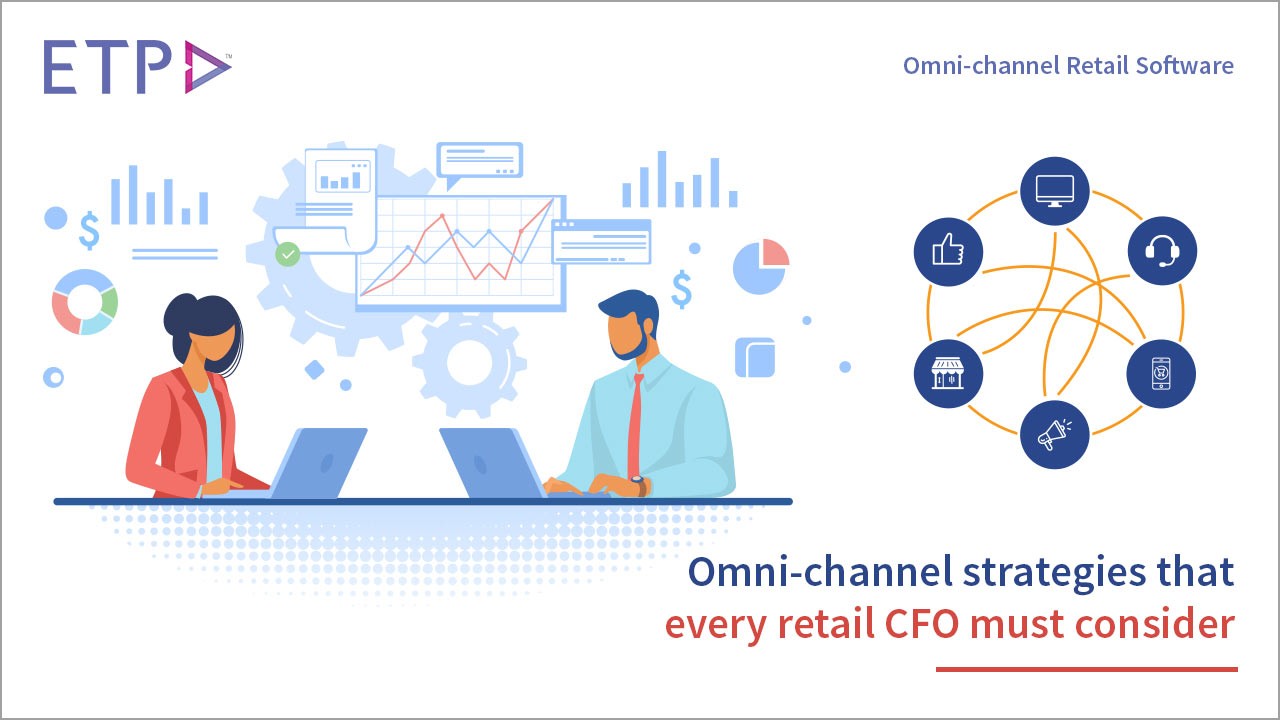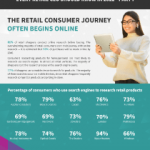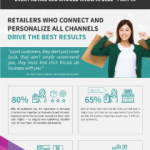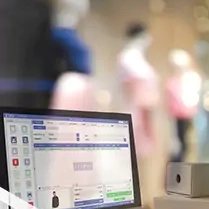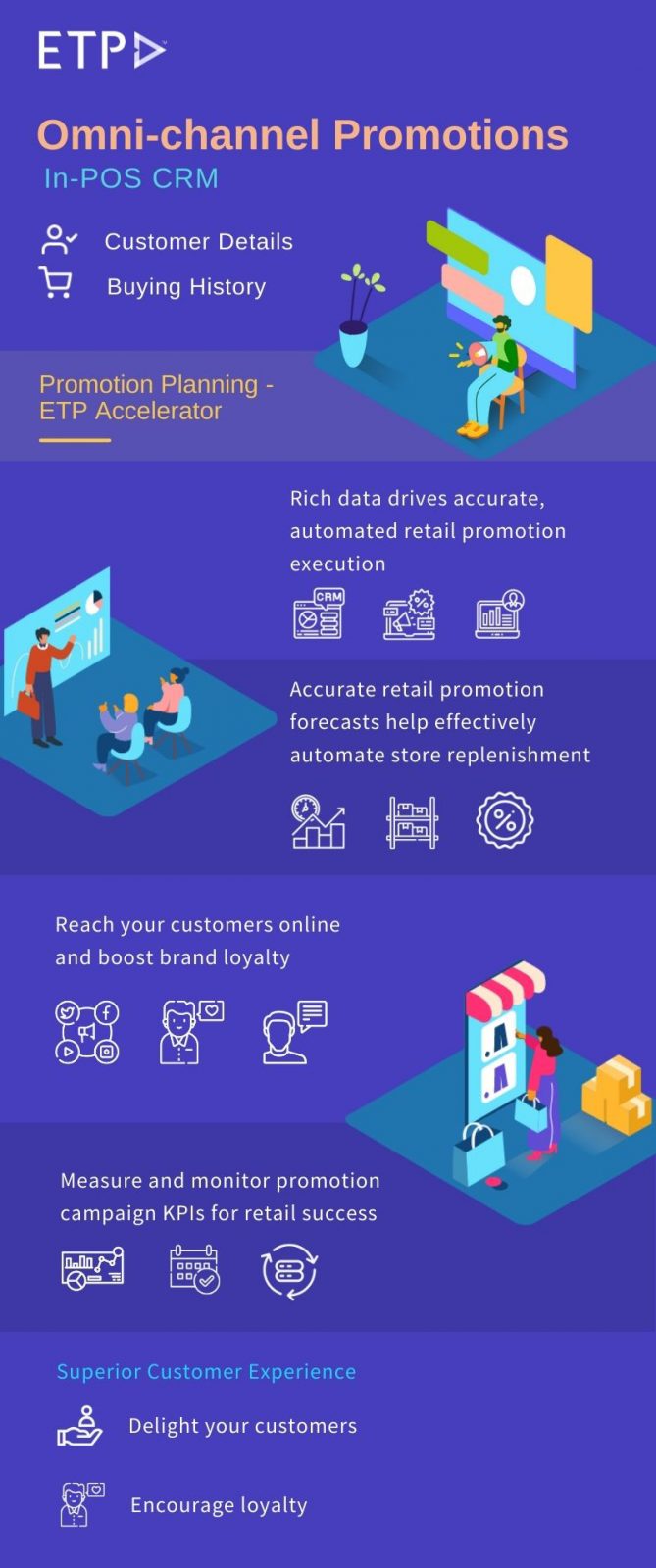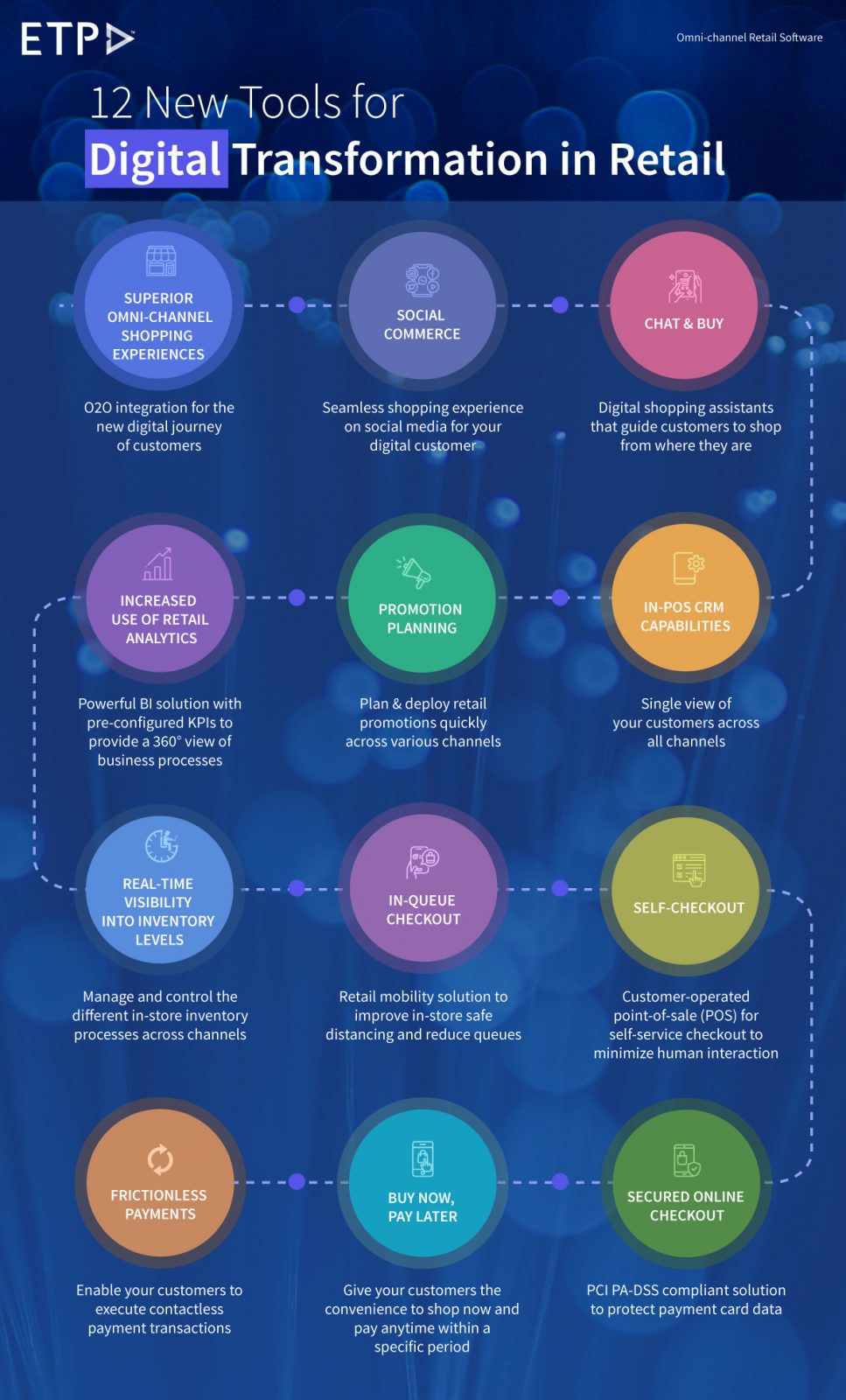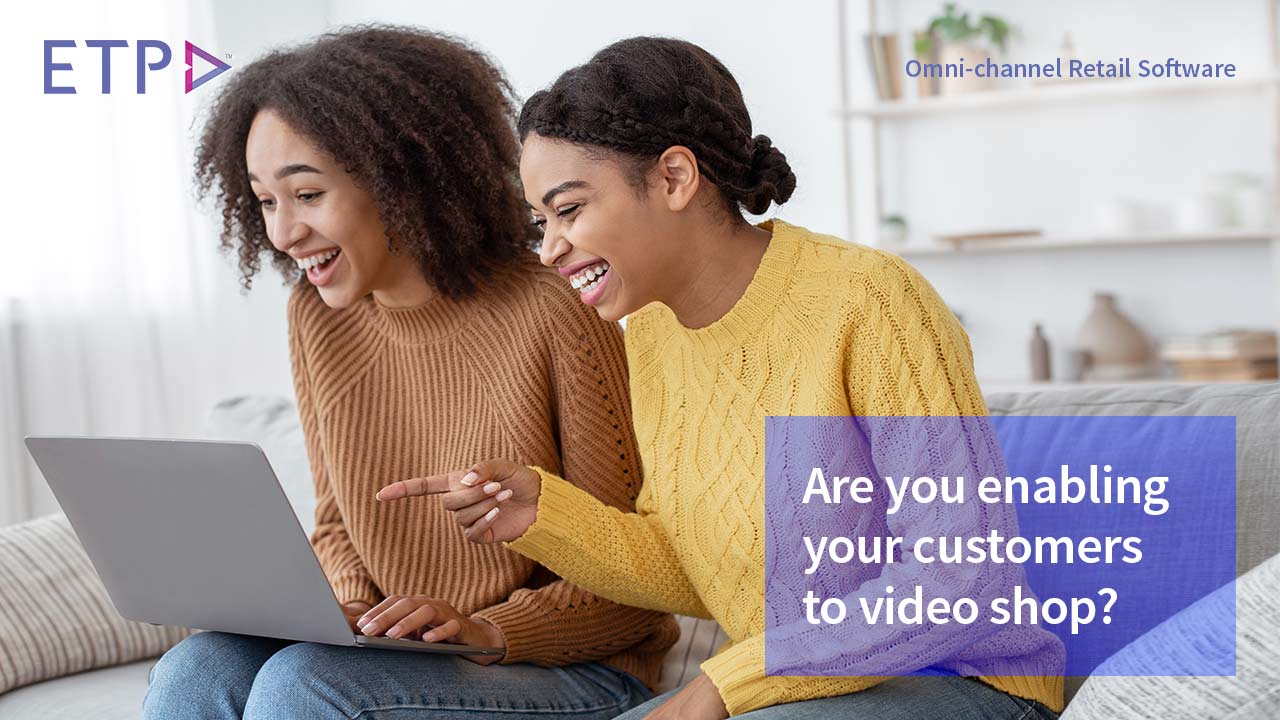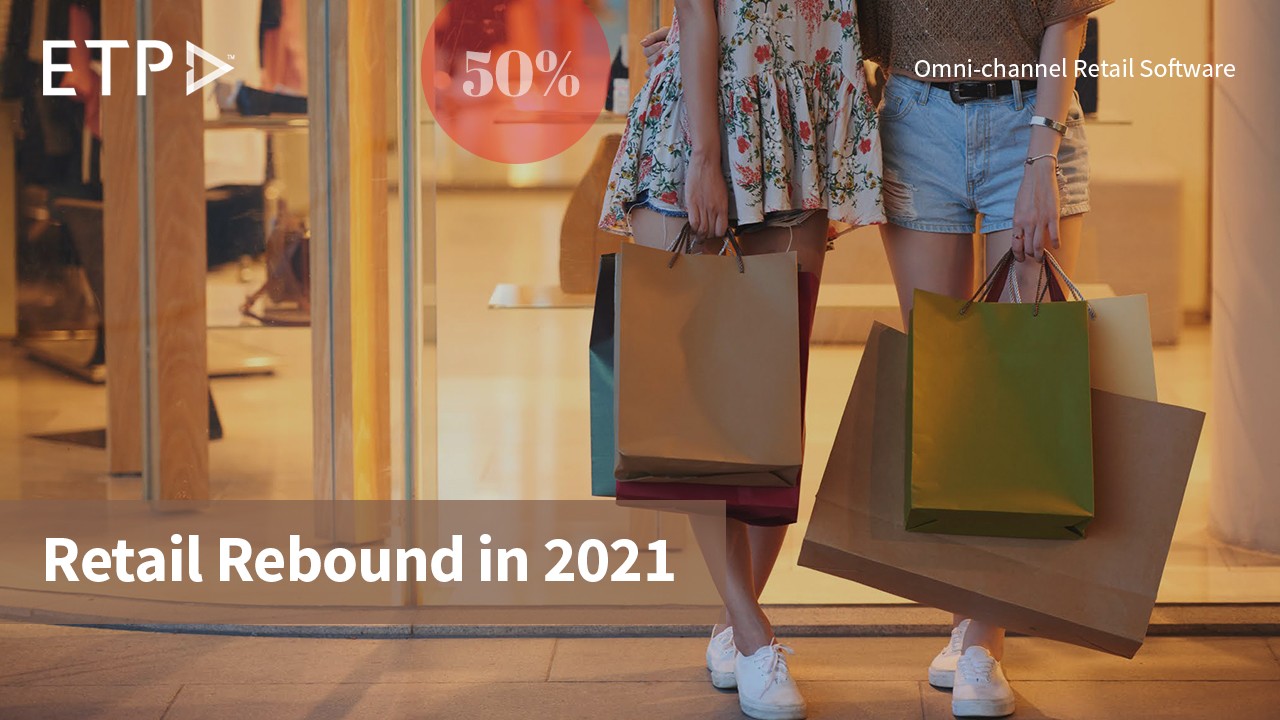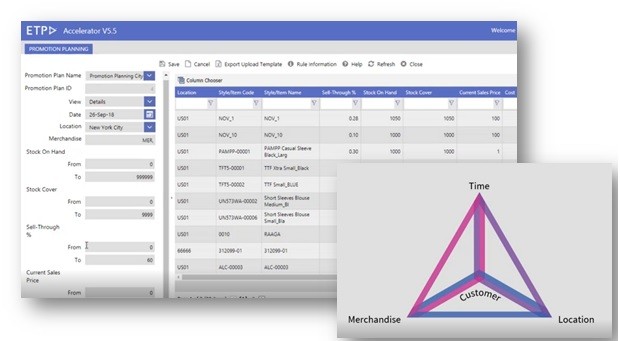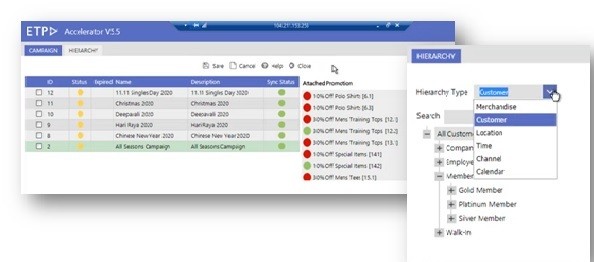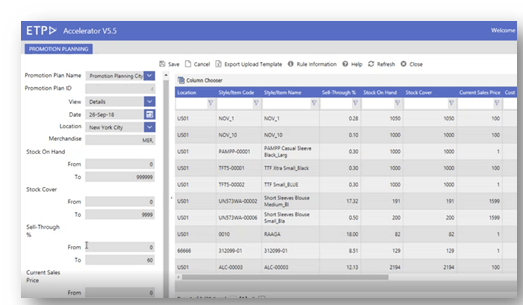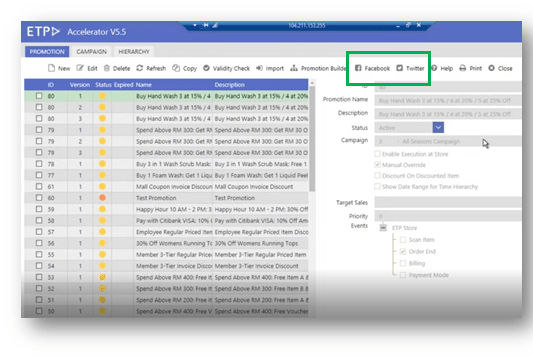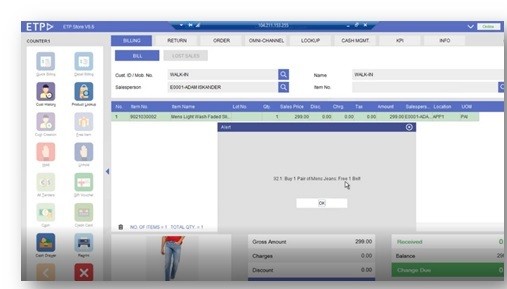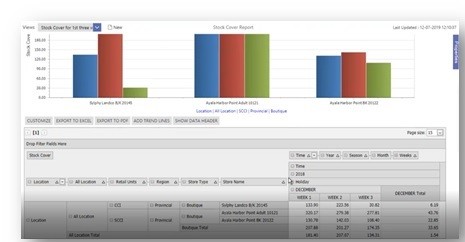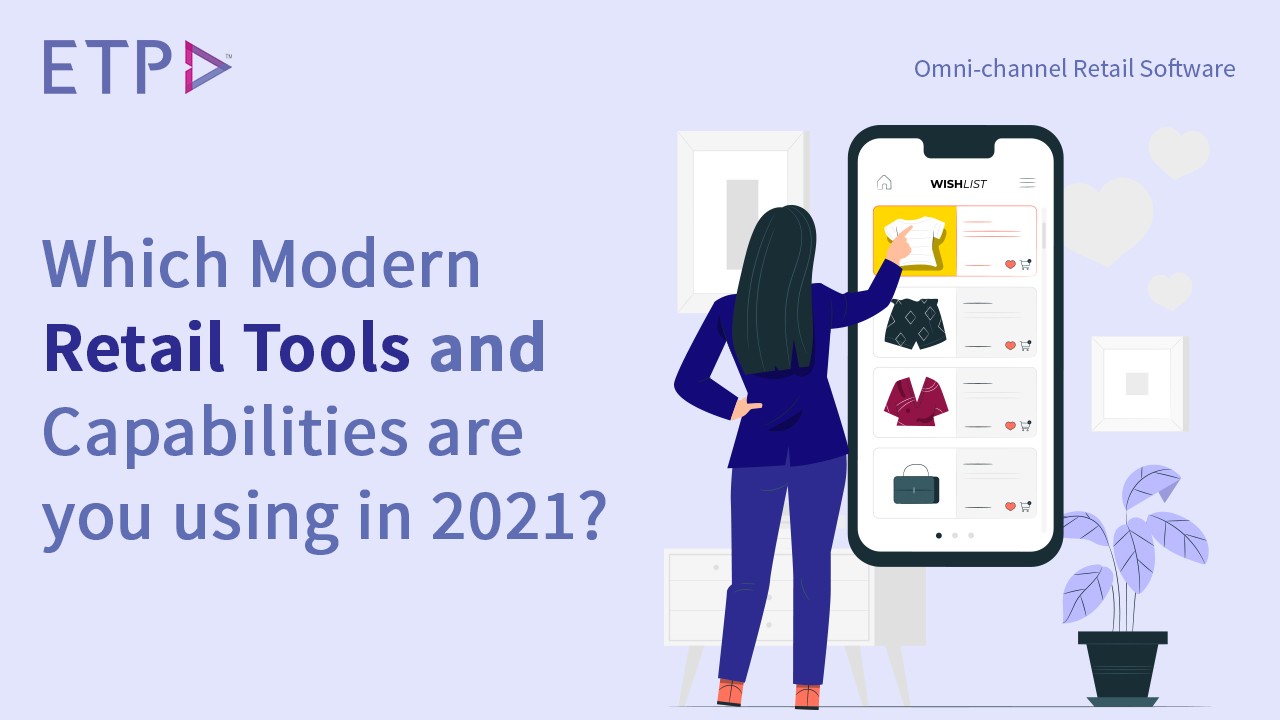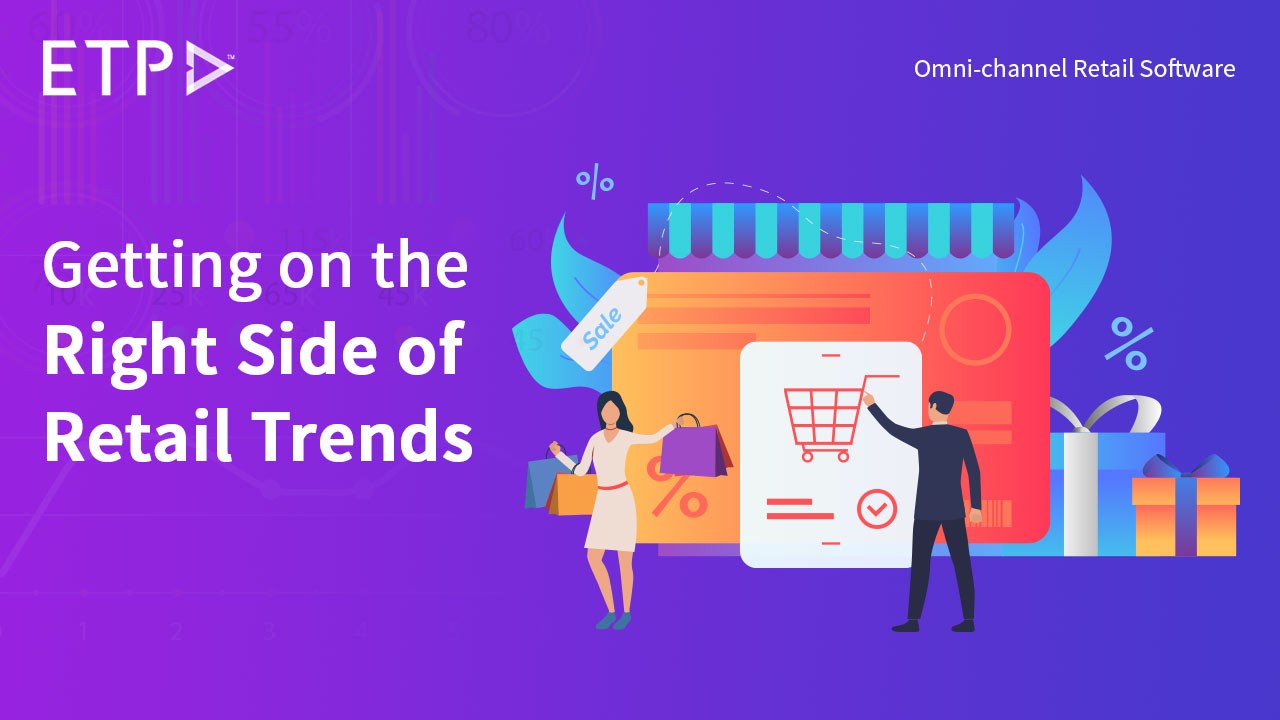A POS Software is a robust and flexible retail software that offers your customers a unified online-to-offline shopping experience. It seamlessly streamlines all back-end operations and customer-facing services by syncing them with one another resulting in a quality omnichannel retail solution. With the help of omnichannel POS solutions, retailers can connect with their customers quickly, track their buying history which serves as raw input for creating personalized marketing promotions, and offer smooth, consistent quality experiences across various retail channels such as online markets or marketplaces, physical stores, company websites, mobile apps, and many more.
Listed below, discover the benefits of investing in cutting-edge POS billing software for your retail business:
- Price Consistencies
POS billing software is a boon for businesses having multiple outlets at different locations. The software ensures price consistencies by quickly updating product prices across various locations simultaneously, resulting in unified pricing across all store locations. - Fewer Billing Errors
Cash registers and manual billing processes result in multiple errors, which can create customer dissatisfaction. POS systems leave little room for error and can be automated to quickly rectify errors within a couple of clicks. Apart from this, they are easy to operate too. - Improved Customer Experiences
CRM-friendly POS solutions can collect and track customer preferences and buying history. The collected data plays a critical role in targeted marketing campaigns, allowing retailers to conveniently market specific products to selected individual customers or groups of customers resulting in improved customer experiences. - Efficient Time Utilization
A POS billing software is a straightforward system guaranteeing quick transactions and reducing customer waiting time. ETP’s Omni-Channel POS Software system can handle a high volume of transactions, is PCI PA-DSS certified ensuring data security of your customer’s payment information, and can be implemented across multiple countries, currencies, tax structures, and time zones. It also accepts multiple modes of payments, allows quick invoice printing, and leverages your company’s existing IT structure to reduce operating costs. - Efficient Inventory Tracking
Retailers receive a minute-by-minute inventory status via the retail POS software. With real-time inventory availability, retailers can quickly know the items that are out of stock as well as stop ordering items that do not sell, resulting in a swift stock reconciliation process that reduces the stock take lead time for updating the physical count of the store inventory and ensures your inventory is constantly replenished and updated. A forward-looking POS solution such as the ETP Store solution provides omni-channel order fulfilment for the modern retailer by providing features such as BOPIS/BORIS, Click & Collect, Click & Deliver, D2C, SFS, endless aisle, and anywhere returns or exchanges by means of which you can leverage your warehouse inventory as well as your virtual stock including your nearby store inventory for swiftly fulfilling omni-channel orders.
- Simple Invoicing, Faster Checkouts, and Secure Payments
Point of Sale software allows retailers to record and group all invoices for purchases, sales, repairs, rentals, consignments, and others to be able to distinguish them easily during consolidation and audit. A typical retail invoice contains important information for the buyer such as the total value of the transaction, the number of goods purchased, the description of the goods, etc. If this information were to be provided manually or inadequately, performing a follow-up would be complex. A point of sale also helps make payments faster. The employee selects the products the consumer wants to buy and the system automatically calculates the applicable discounts and the effective price. The invoice can be sent by email or printed directly on the spot with a receipt printer. A PCI-DSS compliant POS that is suitably integrated with NFC payment devices enables frictionless or contactless payments that are both fast as well as secure. Thus, the point of sale makes it possible to issue invoices quickly, record purchase information, and collect payments speedily and securely. This enables faster checkouts in-store. - Better Customer Satisfaction & Loyalty Management
With a POS system, it’s easier to exceed consumers’ initial expectations by providing fast, accurate and efficient service. By combining these three components, customers will surely be more satisfied and will likely return to your store.With better satisfaction, customers will likely be loyal to your store. This can be a huge advantage for your business because it is often easier to keep current customers than to acquire new ones. By having a satisfied and loyal customer base, you can reduce the risk of losing customers and losing money.
Related articles:

